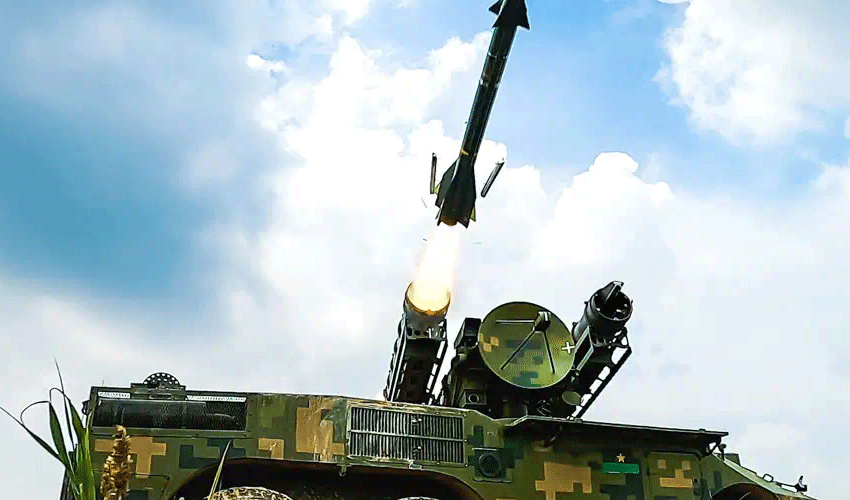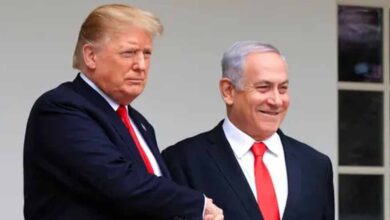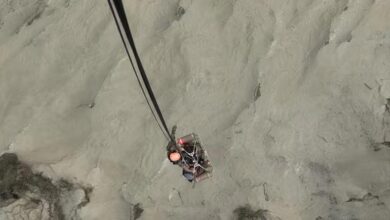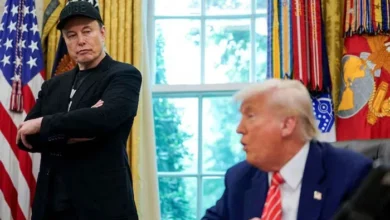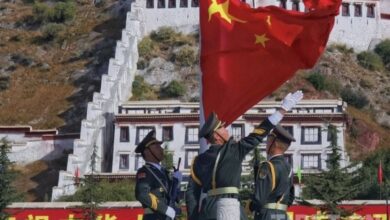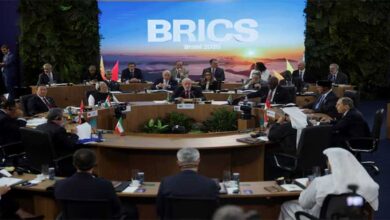Iran has received Chinese-made surface-to-air missile (SAM) batteries in a bid to restore its air defence capabilities following its recent 12-day conflict with Israel, Middle East Eye (MEE) reported on Monday, citing regional intelligence sources.
The deliveries reportedly took place after a ceasefire was brokered between Tehran and Tel Aviv on June 24, bringing an end to days of intense hostilities that saw Israeli forces destroy Iranian missile launch facilities and target key military personnel.
According to an Arab official familiar with the development, the missile systems are part of a wider effort by Iran to rebuild and strengthen its air defences. The official, who spoke on condition of anonymity due to the sensitivity of the matter, claimed that Iran is compensating China with crude oil shipments in exchange for the military hardware.
Iran’s oil-for-weapons barter deal with China comes as the Islamic Republic continues to evade US sanctions through creative trade mechanisms. “The Iranians engage in creative ways of trading,” the official told MEE, adding that countries such as Malaysia have been used as intermediaries to mask the origin of Iranian oil.
A second Arab official, also speaking anonymously, confirmed that several of Washington’s Arab allies in the region were aware of the weapons transfer and that the Biden administration had been briefed on the development.
The exact number and type of SAM systems delivered remain unclear, though China is known to manufacture and export various advanced air defence platforms such as the HQ-9 and HQ-16, which are already in service with countries like Pakistan and Egypt.
China remains Iran’s top energy partner. The US Energy Information Administration noted in a May report that around 90 percent of Iran’s oil exports are now directed to China, despite international sanctions.
This latest military cooperation signals a growing alignment between Tehran and Beijing at a time when both nations face mounting pressure from Western capitals. It also highlights a shift in Iran’s post-conflict strategy, aimed at reducing its vulnerability to Israeli air raids.
During the recent hostilities, Israel achieved air superiority and struck numerous Iranian targets, including ballistic missile pads and command infrastructure. Despite these setbacks, Iran was able to launch retaliatory missile attacks that hit several sensitive sites in Tel Aviv and Haifa.
In past decades, Iran has intermittently sourced its air defence systems from China. In the 1980s, it received Silkworm missiles during the Iran-Iraq war, which were used during the so-called tanker wars to strike vessels in the Gulf. More recently, there were reports in 2010 of Tehran acquiring HQ-9 missile systems.
In addition to Chinese hardware, Iran also deploys Russian-made S-300 systems and has developed indigenous platforms like the Bavar-373 and the Khordad series. However, analysts believe that these systems offer only limited effectiveness against Israel’s US-supplied F-35 stealth aircraft.
The White House did not comment on the matter when approached by MEE.
Israeli Prime Minister Benjamin Netanyahu and US President Donald Trump are expected to meet on Monday, with Iran and its nuclear programme likely to feature prominently in their discussions.

